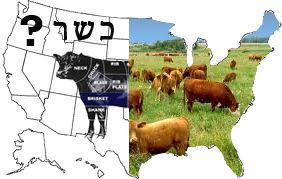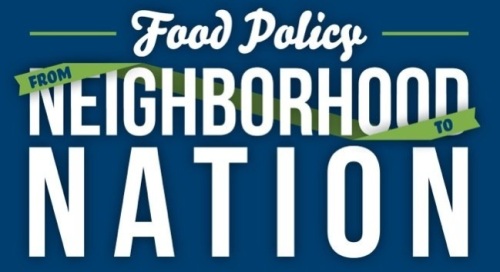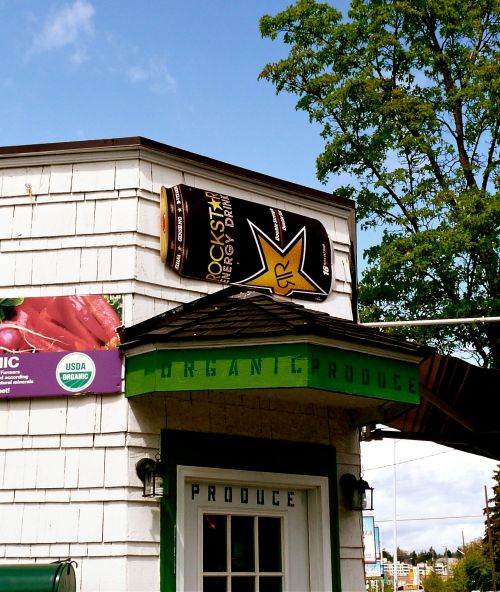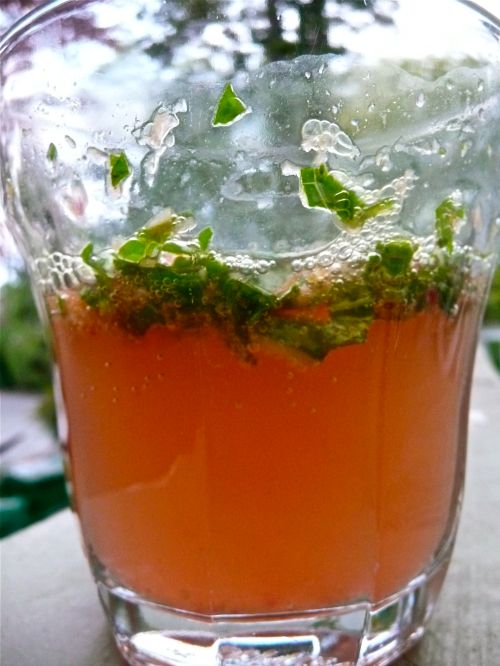In case you haven’t heard, the Seattle City Council has ratified the Seattle Farm Bill Principles, a set of broad priority recommendations for the 2012 U.S. Farm Bill as a means of reforming the food system. I just added my name as a supporter and hope you will too (link to do so is here).
Why does it matter what one city thinks of the Farm Bill? Federal food policy affects us locally, of course. It affects the cost of food, which foods are subsidized, how much money goes to those in need of assistance with food costs. It affects our health, how our city and state function, our agricultural system, all aspects of our food system.
But the cool thing about Seattle stepping up and putting the Farm Bill Principles document out there is that it can inspire other cities, states, and communities–urban, rural or suburban–to get on board and voice their support too. It has to start somewhere, and it started here. Frankly, Seattle has a bit of a reputation for not putting its neck out and doing something risky and potentially-confrontational. That reputation makes me extra proud that Seattle has the guts to take leadership on this.
It has a lot to do with our thriving food movement, and with leaders who walk their talk, like long-time food-movement supporter City Councilmember Richard Conlin. We have nice coalitions in Seattle of farmers, food justice activists, cooks, chefs, farmers market coordinators, health advocates, and so forth.
I like the principles overall. They’re a bit vague, which makes sense in that they focus on the goals and outcomes changes to the Farm Bill would produce, although I would really love specific language about things like trading in some of the subsidies for corn, and instead subsidizing or supporting healthy meat, eggs, dairy and vegetables from sustainable farms. The detrimental effects of corn on this country’s health can’t be stated strongly enough. It’s true that it’s the basis of livelihood for many large-scale farmers in the U.S., but tobacco is also an important source of income for some farmers, and we’ve learned not to shy away from talking about its detrimental effects. Corn costs us money down the line in health care and environmental consequences.
Anyway, who knows? Perhaps this year we’ll see a countrywide coalition of communities throwing their support behind the farm bill principles, or building on these principles and adding additional goals.
The Seattle Farm Bill Principles, pasted from the website, are here:
SEATTLE FARM BILL PRINCIPLES
-
Health-centered Food System
The driving principle of the Farm Bill must be the relationship of food and ecologically sound agriculture to public health. Food that promotes health includes fruits, vegetables, whole grains, nuts, seeds, legumes, dairy, and lean protein. Improving the health of the nation’s residents must be a priority in developing policies, programs, and funding.
-
Sustainable Agricultural Practices
Promote farming systems and agricultural techniques that prioritize the protection of the environment so that the soil, air, and water will be able to continue producing food long into the future. Integral to both domestic and global agricultural policies should be agricultural techniques and farming practices that enhance environmental quality, build soil and soil fertility, protect natural resources and ecosystem diversity, improve food safety, and increase the quality of life of communities, farmers and farm workers.
-
Community and Regional Prosperity and Resilience
Enhance food security by strengthening the viability of small and mid-scale farms, and increasing appropriately scaled processing facilities, distribution networks, and direct marketing. Develop strategies that foster resiliency, local innovation, interdependence, and community development in both rural and urban economies. Opportunities that create fair wage jobs are key to a strong economy.
-
Equitable Access to Healthy Food
Identify opportunities and reduce barriers by developing policies and programs that increase the availability of and improve the proximity of healthy, affordable, and culturally-relevant food to urban, suburban, and rural populations. Protect the nation’s core programs that fight food insecurity and hunger while promoting vibrant, sustainable agriculture.
-
Social Justice and Equity
The policies reflected in the Farm Bill impact the lives and livelihoods of many people, both in the U.S. as well as abroad. Develop policies, programs, and strategies that support social justice, worker’s rights, equal opportunity, and promote community self-reliance.
-
Systems Approach to Policymaking
It is essential to reduce compartmentalization of policies and programs, and to approach policy decisions by assessing their impact on all aspects of the food system including production, processing, distribution, marketing, consumption, and waste management. Consider the interrelated effects of policies and align expected outcomes to meet the goal of a comprehensive health-focused food system.










